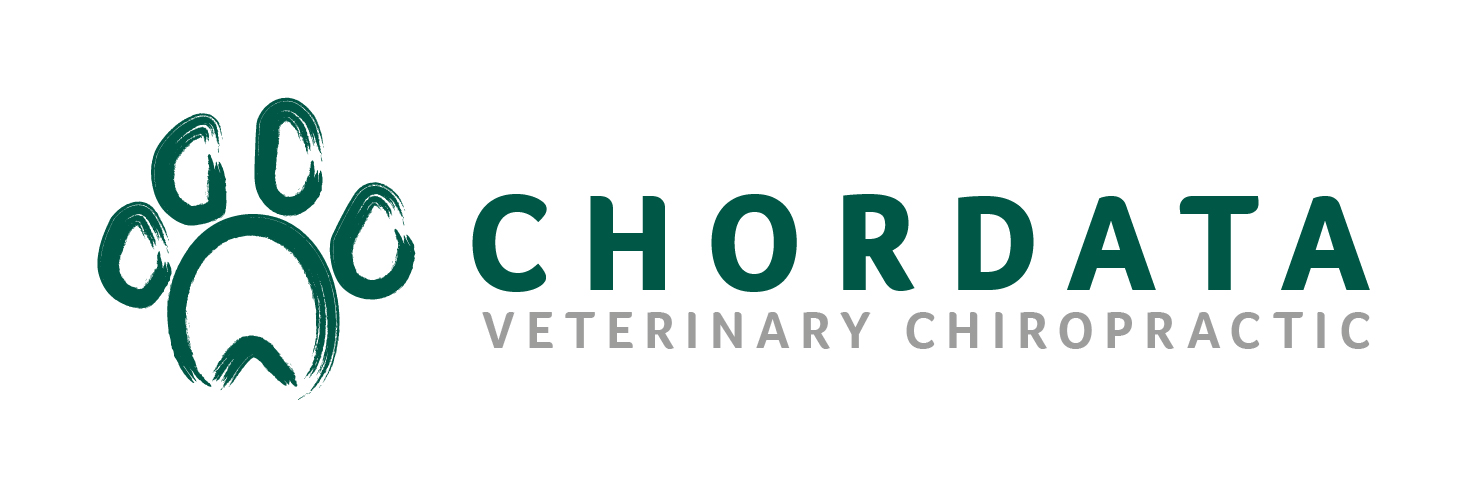Laser therapy accelerates the body’s natural healing process and can help reduce the time it takes to heal weeks to days.
Like humans, animals have a natural repair mechanism, which means that injuries heal up by themselves sooner or later, the problem is that it can often take a long time and be a painful process.
The positive effects of laser treatments are quicker healing, pain relief, increased blood circulation, and reduced swelling.
Although we often see some improvement after the first visit, most patients require several treatments [3 to 8] for the greatest benefit. When appropriate this is carried out alongside chiropractic care and rehabilitation and no additional cost is charged per visit.
For most conditions, we recommend a multi-visit treatment plan with treatments varying in length of on average 2 to 8 minutes. We have found that the majority of our clients exhibit greater comfort and mobility, within 12 to 48 hours after laser and/or chiropractic treatment.
The effects of laser therapy are cumulative in nature. The length and frequency of treatments varies with your pet’s condition.
Depending on the condition we would generally recommend treatment:
- Twice a week for 2 weeks
- Once a week for 3 weeks
- Top up sessions as required
How does laser therapy work and what can it help with?
Laser energy works by increasing circulation and drawing water, oxygen, and nutrients to the damaged area. As this happens an optimal healing environment is created reducing inflammation, swelling, muscle spasms, stiffness and pain.
During laser therapy, the infrared laser light works at a cellular level, and metabolic activity increases within the cell, improving the transport of nutrients across the cell membrane. This initiates the increased production of cellular energy (ATP) that leads to a cascade of beneficial effects, increasing cellular function and health.
Numerous Studies (Ref. 1-7 ) show that laser therapy can help with:
- Burns
- Chronic Wounds
- Hip Dysplasia
- Joint Pain
- Ligament Sprains
- Muscle Strains
- Neck and Back Pain
- Oedema and Congestion
- Osteoarthritis
- Post-Orthopaedic Surgical
- Post-Surgical Pain
- Post-Traumatic Injury
- Puncture Wounds
- Recovery
- Rehabilitation
- Tendinopathies
Case study: A horse displaying symptoms of pitting oedema
As a result of gravity, fluid can build up in horses legs due to the storing of fluid from blood vessels and within the tissue causing swollen legs. This build-up of fluid can appear swollen and lumpy and is called pitting oedema.
Human studies into pitting oedema have shown a reduction in symptoms following low level laser therapy, and significant improvement after 1 visit.
The initial laser treatment took ten minutes with the laser focussed on the affected area.
At the second treatment session one week later there was apparent reduction in oedema around the cannon bone. A second laser treatment was conducted.
After just 3 treatments the improvement was remarkable.

As can be seen in the photo above, the lateral aspect of the tendon (2) is markedly swollen in comparison to the medial aspect (1).
Pitting oedema around lateral palmer vessels (2) up into collateral ulnar vessels running down into the lateral digital vessels can be clearly seen. Direct pressure to the area created a clinically visible “pit” in the tissue.

Three visits and 1 month (23/11/18) from the initial visit has demonstrated a near full reduction in the oedematous area (2) and the client was referred back to the vet for follow up care.
0Ref 1. https://www.ncbi.nlm.nih.gov/pubmed/22714675
Ref 2. https://europepmc.org/abstract/med/10955339
Ref 3. https://www.researchgate.net/publication/315808942_The_effect_of_low_level_laser_therapy_on_tendon_healing_in_male_rats
Ref 4. https://www.ncbi.nlm.nih.gov/pmc/articles/PMC4137223/
Ref 5. Rochkind S, et al. “Systemic Effects of Low-Powered Laser Irradiation on Peripheral and Central Nervous System, Cutaneous Wounds, and Burns”. Laser Surg Med. 1989, 9: 174-182.
Ref 6. Neves M A I, Pinfildi C E, Wood V T, et al. “Different Power Settings of LLLT on the Repair of the Calcaneal Tendon”. Photomedicine and Laser Surgery. Vol. 29, Num 10, 2011.
Ref 7. https://academic.oup.com/annonc/article/18/4/639/132439
WARNING: There have been recent cases of practitioners using class 1 and 2 lasers to treat horses, these classes are not for medical or therapeutic use as the power output is so low it would have minimal effect. There have also been cases of unqualified animal massage and hydro therapists using class 4 lasers on dogs and horses without veterinary permission.
Please keep your pets safe and only use a fully qualified (RAMP approved) trained professional, always ask to see their qualifications.
